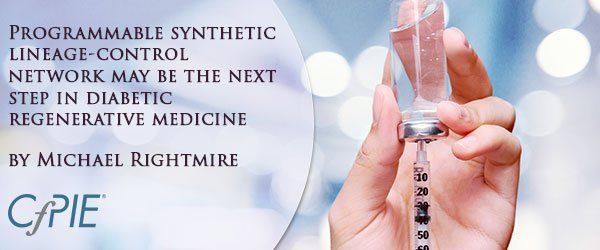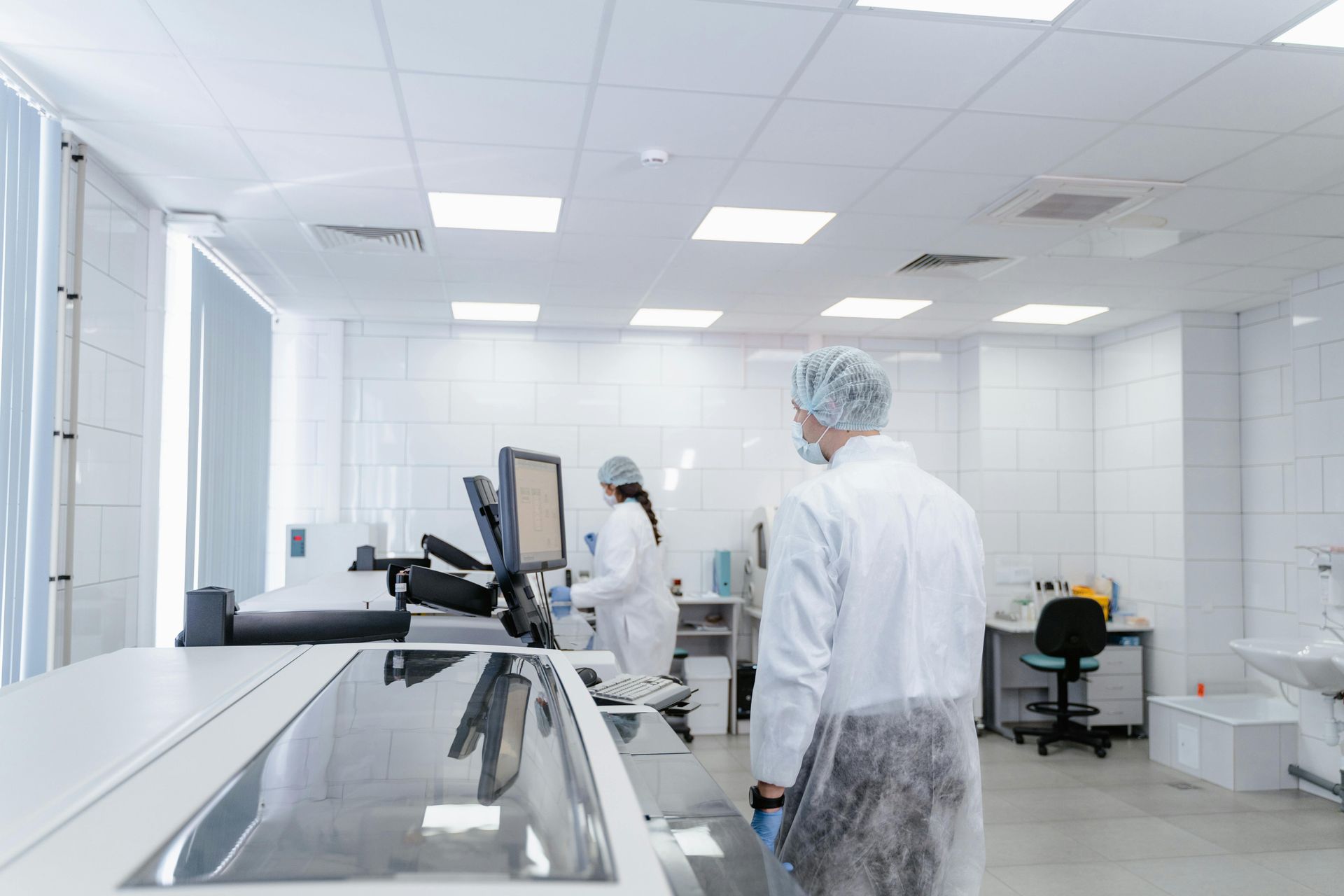SLCN Could Open Door for Advanced New Diabetes Treatment
Diabetes affects 380 million people worldwide and, due to the lifestyle in many industrialized nations, the number of sufferers is expected to double by 2030[i]. Most people are familiar with the two common forms of diabetes: type-1, an autoimmune disease, and type-2 formerly known as adult-onset diabetes. But it's the common underlying pathology of the insulin producing beta cells that proves to be the real challenge in finding a cure.
Pancreatic beta cells[1] are the insulin secreting actors found in the Pancreas' islets of Langerhans. They are ultimately responsible for responding to glucose levels and producing the blood sugar controlling hormone insulin. Insulin then triggers cellular responses throughout the body, directing organs to either burn or store the glucose, so it is removed from the bloodstream. The damage from diabetes happens when glucose remains in the blood for an excessive period of time, thwarting the body's homeostasis.
The ultimate onset of diabetes is when the efficiency of pancreatic beta cells falls too low, or a sufficient number of cells are destroyed outright. Blood glucose control is compromised, leading to a plethora of complications including heart disease, neurological damage, tissue necrosis, blindness, and death. Treating diabetes is a life-long struggle for sufferers, since historically beta cells cannot be recovered once damaged. Diabetics endure a permanent dependence on external blood sugar monitoring and insulin replacement to manage the disease. While this has significantly improved the quality and quantity of life for sufferers, it is an imperfect, time consuming, and often painful way of living - riddled with problems.
Science has long sought solutions for restoring some level of homeostasis to blood sugar control for diabetics. Hormone releasing devices such as the LinBit[ii] by LinShin Canada and Medtronic's implantable pump[iii] offer improvements over traditional insulin injections. Islet cell or full pancreatic transplants have shown success, but exchange lifelong insulin injections with the lifelong immunosupression required to prevent rejection. Autologous cell transplants, using cells cultured from the final recipient's own progenitor cells, have shown promise - but to date have been difficult to coax into functional insulin producing islet cells, which then still show a reduced function.
However, a 2016 paper published in Nature Communications[iv] by Pratik Saxena[v] and his team shows evidence for the success of a synthetic lineage-control network (SLCN) that solves the problem of beta cell regenerative science. Here they describe three transcription factors (Ngn3, Pdx1 and MafA), which hold the key to inducing pancreatic progenitor cells to differentiate into insulin producing beta cells. Using their protocol, his team was able to generate cells in-vitro with both a greater success rate, and a greater functionality, than previous techniques.
Dr. Saxena's group found that the transcription factors pancreatic duodenal homeobox protein (Pdx1), V-maf musculoaponeurotic fibrosarcoma oncogene homologue A (MafA) and neurogenin 3 (Ngn3) worked in a mutually-exclusive but concerted manner to control the embryonic development of the pancreas. Pdx1 and MafA are expressed during the growth of the pancreatic precursor cell matrix, and an experimental inhibition of Pdx1 results in pancreatic agenesis. Ngn3 comes later, after a reduction in Pdx1, to activate the development of pancreatic endocrine cells and inducing lateral inhibition of neighboring cells via the Delta-Notch pathway. Failure of Ngn3 results in an absence of beta cells.
In the lab, the Zurich based team[vi] transfected human induced pluripotent stem cells (hIPSC) with multiple vanillic-acid-sensitive genetic switches, allowing them to induce and repress MafA, Ngn3, and Pdx1 at will. When the levels of the trigger mechanism (vanillic-acid or VA) were increased to moderate levels in the growth medium, Ngn3 production was activated inducing the progenitor cells to differentiate into beta cells. When the VA was subsequently increased beyond a threshold, MafA and Pdx1 were expressed while Ngn3 was inhibited – shutting down the differentiation process.
Follow-up testing showed that not only were the SLCN cells more prolific than beta cells created with previous growth-factor differentiation protocols (75% of cells differentiated versus 26%), but the cells were more adept at producing insulin, and were responding to glucose in a more similar way to natural human islet cells. When looking at markers of overall beta cell health, the SLCN cells responded very much like native beta cells.
The potential for this new differentiation technique is promising. Although hIPSCs are still a restricted science, they show a near limitless possibility for regenerative medicine - especially where the risk of complications from heterologous transplants is high. The ability to repair damaged tissue using the final recipient's own progenitor cells removes the need for long-term patient support while improving the overall effectiveness of transplanted cell function.
One of the concerns regarding hIPSC treatments for diabetes is the frequently advanced age of type 2 sufferers. As implied in the name "adult onset diabetes", it commonly develops later in life and few studies have been done as far as inducing pluripotency in cells from older individuals. However, in a previous project Dr. Saxena's team successfully produced mRNA-reprogrammed hIPSCs from adipose tissue derived mesenchymal cells collected from a 50 year old patient. At minimum, this shows the possibility of using hIPSC and SLCN with the generally representative population of type 2 diabetics.
With luck this protocol will open the door for advanced new treatments of both type-1 and type-2 diabetes, paving the way for less invasive treatments that provide a higher quality of life for patients. While showing great potential, hIPSC therapies have obstacles to overcome, both scientific and political, before commercial treatments will become available. Clinical human trials are only now being approved for a limited subset of hIPSCs in the U.S., however a number of companies such as Cellular Dynamics International (CDI)[vii], Cynata Therapeutics[viii], RIKEN[ix], Astellas[x], and Lonza[xi] stand poised to take advantage of anticipated approvals[xii],[xiii].
[1] Beta cells are often referred to as Islet cells, although this is not entirely accurate. The islets of Langerhans contain many cell types, including the insulin secreting beta cells.
[i] https://www.diabetesresearch.org/what-is-diabetes
[ii] http://www.linshincanada.com/products.html
[iii] https://www.ncbi.nlm.nih.gov/pmc/articles/PMC2769752/
[iv] http://www.nature.com/articles/ncomms11247#s1
[v] https://www.bsse.ethz.ch/department/people/detail-person.html?persid=169191
[vi] http://www.bsse.ethz.ch/groups/group_fussenegger
[vii] https://cellulardynamics.com/
[viii] http://cynata.com/
[ix] http://www.riken.jp/en
[x] https://www.astellas.us/
[xi] http://www.lonza.com/products-services/pharma-biotech.aspx
[xii] https://www.bioinformant.com/ips-cell-therapies/
[xiii] http://www.sandiegouniontribune.com/business/biotech/sdut-induced-pluripotent-stem-cell-lonza-manufacturing-2015sep24-story.html
Blog Categories
Stay Informed



